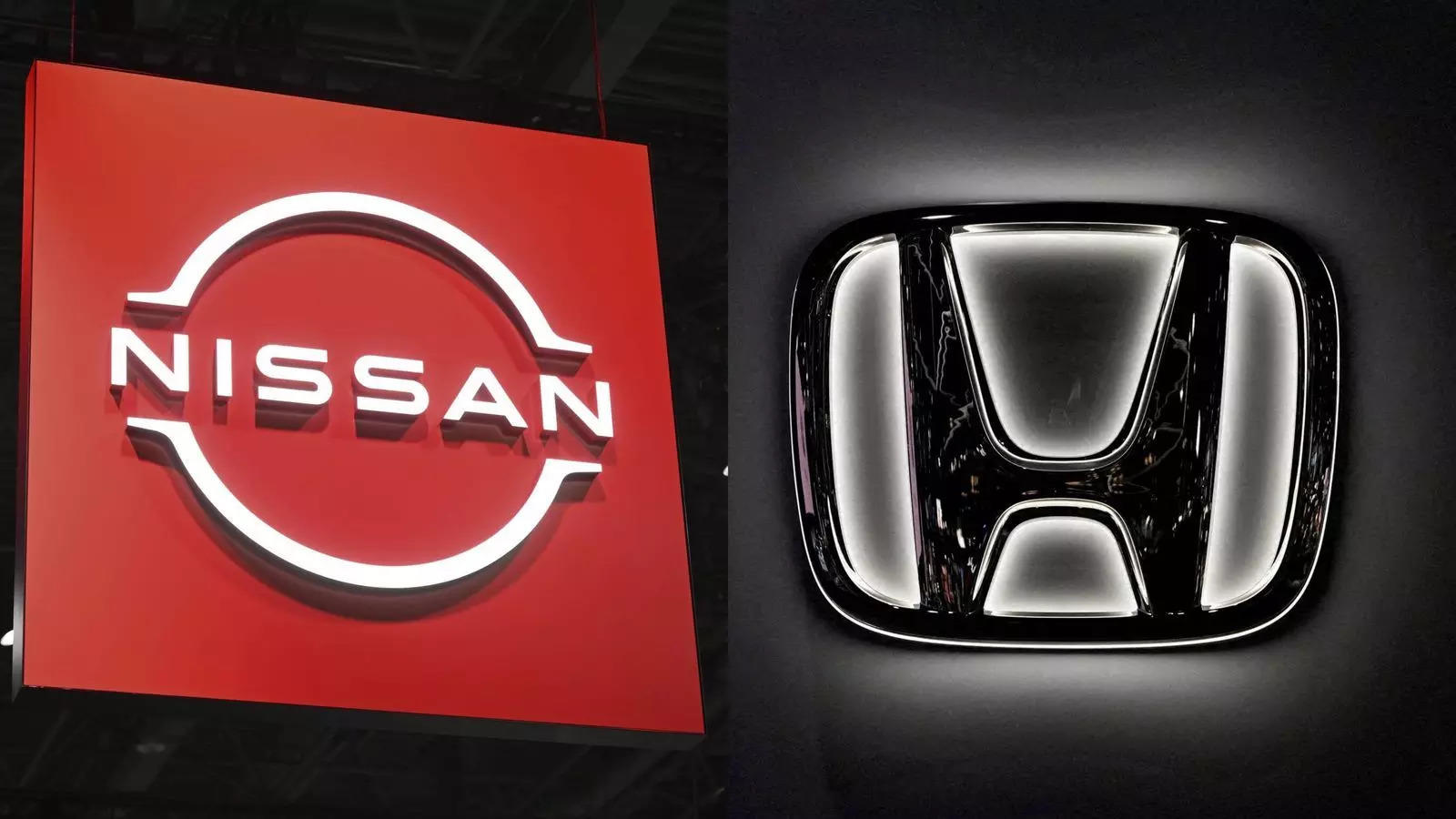
For now, it may seem as if Nissan is skating on thin ice after the merger talks with Honda collapsed recently.
After all, its top management had already indicated earlier that it was on tenterhooks financially with media reports suggesting that it barely had a little over a year to survive.
Then came the talks with Honda which gave some cause for hope till they fell through and Nissan is back to square one. Foxconn of Taiwan has apparently expressed interest in stepping into the picture but is looking at a more collaborative role instead of buying out Renault’s stake in Nissan.
The French automaker which has been an ally for over 25 years now would be keen to cash in profitably rather than make a quick exit. With Honda out of the picture, the only other potential partners could be wealthy Chinese companies but that will be a near impossibility given the obvious political tensions with the Japanese.
Keeping China at bay
There is little likelihood of Japan’s Ministry of Economy, Trade and Industry even remotely considering a proposal from any brand from China be it a Geely, BYD or SAIC. It is precisely for this reason that every effort was being made to have a marriage of Nissan (and Mitsubishi) with Honda except that the discussions went up in smoke eventually.
From India’s point of view, the interesting part is that the Chennai facility is perhaps the only one of its kind globally that houses a Renault-Nissan manufacturing alliance. Its capacity is around 480,000 units annually but barely 45% is being used now.
Renault has been the more successful of the two, in relative terms, with products like Duster and Kwid along with Triber and Kiger. In recent times, its numbers have been little to write home about but there are plans to launch at least five new products over the next 18 months. To that extent, there is clearly an intent from Renault to keep the India innings going even though the going has not been great lately.
In the case of Nissan, the best piece of news comes from its exports which have got a further boost thanks to the Magnite now being shipped out to left-hand drive markets. These include Latin America, North Africa, the Middle East and ASEAN. According to a recent press release, nearly 3,000 units of Magnite were exported earlier this month with the tally for February expected to be in the range of 10,000 units.
Export boost from India
Sources say that if things go according to plan, this fiscal could see Nissan’s exports touch 70,000 units while its domestic sales will be around 30,000 units. Magnite has led the way and India is now its most vital export hub.
For Nissan, this is more than a welcome silver lining in the cloud even though it continues to bat on a shaky wicket globally. Assuming that things just spin out of control in the coming months, observers believe there is no reason to press the panic button at least in the case of India.
“As an operating partner with 49% in the JV, Renault can steer Nissan’s operations by which time its own range can help boost capacity utilisation at Chennai,” they say. This may be comforting from the viewpoint of manufacturing but may still not address critical issues relating to Nissan’s manpower rationalisation across the plant and the technical centre.
It also remains to be seen if Renault and Nissan can still make their alliance work since this seems the most pragmatic option going forward. However, that is all water under the bridge now since the dramatic arrest of Carlos Ghosn, the CEO of the alliance, way back in 2018.
Ghosn as the key bridge
“He was the one who held the partners together even though he was charged with financial misconduct. His departure has been a huge blow and things have not quite been the same since then,” says an auto sector official. Prior to his arrest by Nissan, Ghosn was working out another mega merger with Fiat Chrysler Automobiles (FCA) which may have given the Renault-Nissan alliance a huge fillip.
FCA, subsequently, merged with Groupe PSA to pave the way for Stellantis but not before it reached out to Renault first with the proposal. This happened after Ghosn’s arrest and the FCA offer was withdrawn in less than a fortnight since there was no clear response coming from Renault.
In its recent Q3 results declared on February 13, Nissan’s CEO, Makoto Uchida said Honda “proposed to change the integration structure to one different from the framework agreed in the MOU, to a complete acquisition of Nissan through a stock exchange”.
According to him, this revised structure was suggested by Honda with an intention to realise synergies quicker and hence the integration needed to be carried out quickly. “Subsequently, we carefully and sincerely considered it at our board meeting, but ultimately reached the conclusion that we could not accept the new proposal,” said Uchida.
Honda proposal rejected
From Nissan’s viewpoint, the purpose of implementing the business integration was for both companies to join forces and become a stronger entity to compete in the global market. “However, with the proposal suggesting that Nissan would become a wholly owned subsidiary of Honda, we were not confident that our autonomy would be preserved or that Nissan’s potential could truly be maximised. This led us to ultimately reject the new proposal,” elaborated the CEO.
Nissan has also revised its original plan of 4.5 million units of global sales in FY ’26 to 3.5 million units since markets have continued to be “increasingly challenging”. The company has cautioned that there are “many risks” ahead like forex volatility as well as increases in CO2 emission regulatory costs and fixed costs.
“We have to change our structure to one that enables us to make profit in the auto business to ensure sustainable growth for the company.Without the turnaround actions, our breakeven point would be 3.1 million units in FY2026. By cutting fixed costs and variable expenses, we will reduce it to 2.5 million units,” said Uchida.
Nissan intends to reduce its indirect headcount by 2,500 globally while transferring 1,000 full-time equivalent worth of jobs to shared service centres as part of the drive to cut unit labour costs.
Eye on costs
“We are reprioritising all marketing initiatives and sponsorships to maximise the return on investment. We are transforming our planning and buying strategy for media and changing our advertising approach to streamline foundational fixed costs,” he continued.
Nissan plans to reduce headcount by 5,300 in FY ’25 and 1,200 in FY ’26 in vehicle and powertrain production plants to rightsize and reorganise its manufacturing footprint. “Specifically, we are planning to close three plants. The first in Thailand is scheduled to close in Q1 of FY ’25, followed by the closure of the other two plants in Q3 of FY ’25 and in FY ’26,” he said.
Global production capacity will be reduced by 20% from 5 million units to 4 million units by FY ’26. Capacity in China has been reduced from 1.5 million units to one million units. “Given the upcoming launches of new energy vehicles, we will explore further opportunities for reduction by discussing with our partner,” said Uchida.
In short, the Japanese automaker’s global capacity excluding China is expected to fall from 3.5 million units to three million units by optimising production lines and adjusting operations. On the product front, a “drastic revision” to its planning and development processes will shorten the lead time by 15 months for a lead model and by 20 months for subsequent models.
Closer collaboration
“Further, we will achieve the plan by making better use of outsourcing services and cost-competitive engineering teams around the world. Under a new process, closer collaboration between the planning and the engineering teams will help reduce development lead time and the number of physical prototypes required,” elaborated Uchida.
The first model to undergo this new process will come to the market in FY ’26. Another cost-cutting initiative will involve reviewing product design elements and optimising costs to align with market standards. This will kick off with six key global models to provide value to customers at competitive prices.
“At the same time, we are improving the efficiency of our supply chain and warehousing by reducing parts complexity by 70%, improving production plans and reducing storage costs both in production and after sales,” he added. The marathon for Nissan starts now and its top management will have its work cut out in the following months.















